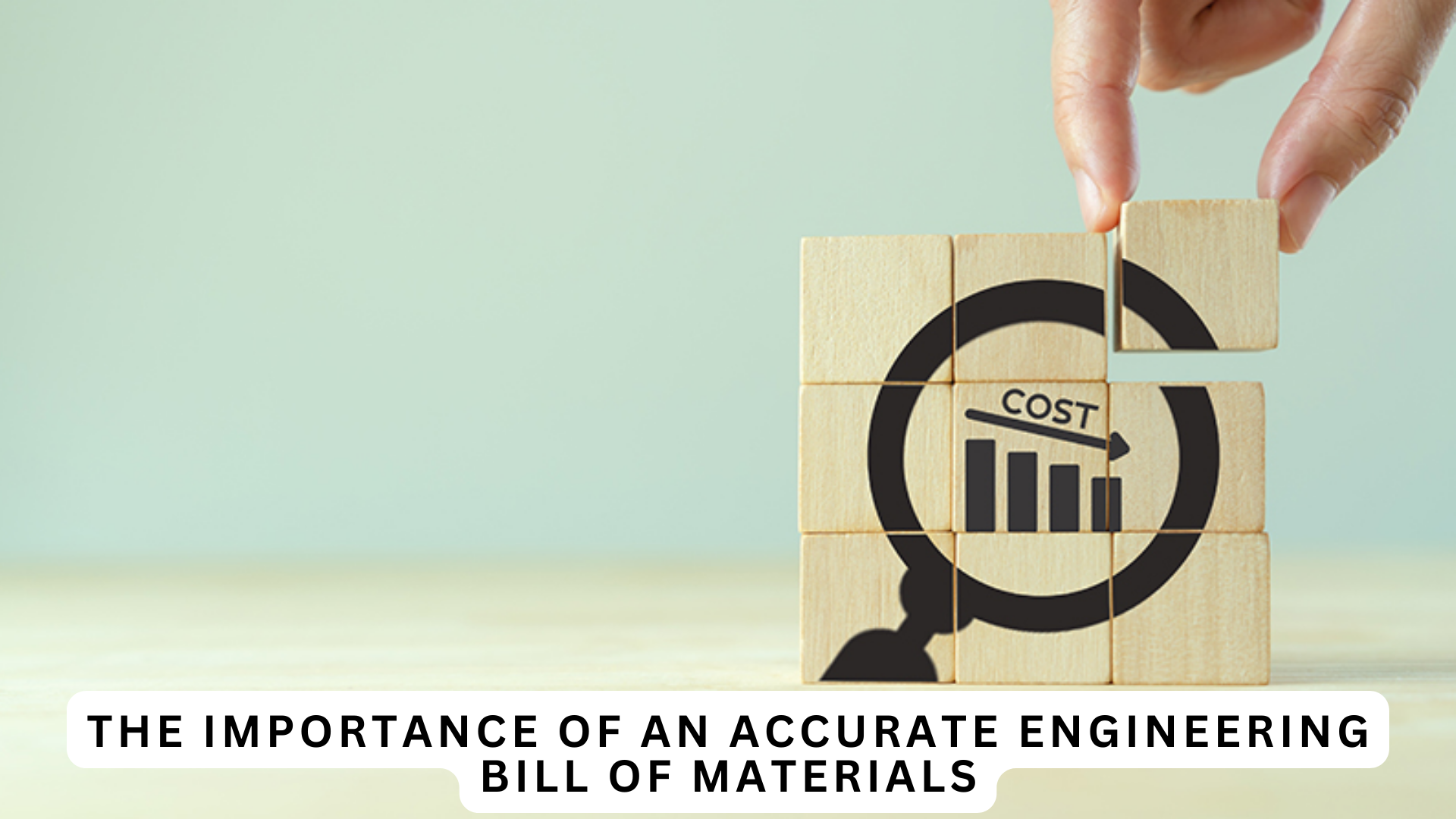In today’s competitive market, reducing manufacturing costs is crucial for maintaining profitability and staying ahead of the competition. Efficient cost management not only boosts your bottom line but also enables you to offer more competitive pricing to your customers. Here are nine effective strategies to help you reduce manufacturing costs without compromising on quality.
1. Optimize Your Supply Chain
Strategic Sourcing
- Bulk Purchasing: Buy raw materials in bulk to benefit from volume discounts.
- Supplier Negotiation: Negotiate better terms with suppliers, including discounts, payment terms, and delivery schedules.
Local Sourcing
- Reduce Shipping Costs: Sourcing locally can significantly cut down on shipping and logistics costs.
- Shorter Lead Times: Local suppliers can often provide quicker turnaround times, reducing the need for large inventories.
2. Implement Lean Manufacturing
Eliminate Waste
- Value Stream Mapping: Identify and eliminate non-value-added activities in your production process.
- 5S Methodology: Implement the 5S (Sort, Set in order, Shine, Standardize, Sustain) methodology to improve workplace organization and efficiency.
Continuous Improvement
- Kaizen: Encourage continuous improvement through small, incremental changes involving all employees.
- Just-in-Time (JIT): Adopt JIT manufacturing to reduce inventory costs and minimize waste.
3. Invest in Technology
Automation
- Robotics: Use robotic systems for repetitive and labor-intensive tasks to increase efficiency and reduce labor costs.
- IoT and Industry 4.0: Implement IoT solutions to monitor equipment performance in real-time and predict maintenance needs, reducing downtime.
Advanced Software
- ERP Systems: Use enterprise resource planning (ERP) systems to streamline operations and improve coordination across departments.
- CAD/CAM Software: Utilize computer-aided design and manufacturing software to improve precision and reduce material waste.
4. Improve Energy Efficiency
Energy Audits
- Conduct Audits: Regularly perform energy audits to identify inefficiencies and opportunities for savings.
- Upgrade Equipment: Invest in energy-efficient machinery and equipment to reduce energy consumption.
Renewable Energy
- Solar and Wind: Explore renewable energy sources like solar panels or wind turbines to reduce long-term energy costs.
- Energy Management Systems: Implement energy management systems to monitor and optimize energy use.
5. Optimize Workforce Management
Training and Development
- Skill Enhancement: Regularly train employees to improve their skills and productivity.
- Cross-Training: Cross-train employees to handle multiple roles, reducing the need for specialized labor.
Labor Efficiency
- Incentive Programs: Implement incentive programs to motivate employees to improve performance and reduce waste.
- Flexible Scheduling: Use flexible work schedules to match labor availability with production demands.
6. Streamline Inventory Management
Inventory Optimization
- ABC Analysis: Use ABC analysis to prioritize inventory management efforts on high-value items.
- Safety Stock: Maintain optimal levels of safety stock to avoid overproduction and excess inventory.
Inventory Control Systems
- Just-in-Time (JIT): Adopt JIT inventory systems to reduce holding costs and minimize waste.
- Automated Replenishment: Use automated systems for inventory tracking and replenishment to avoid stockouts and excess stock.
7. Standardize Processes
Process Documentation
- SOPs: Develop and maintain standard operating procedures (SOPs) for all production processes.
- Consistency: Ensure that all employees follow standardized processes to reduce variability and waste.
Quality Control
- Six Sigma: Implement Six Sigma methodologies to improve process quality and reduce defects.
- Total Quality Management (TQM): Adopt TQM practices to ensure continuous quality improvement.
8. Enhance Product Design
Design for Manufacturability (DFM)
- Simplify Designs: Simplify product designs to reduce manufacturing complexity and costs.
- Material Selection: Choose materials that are cost-effective and easy to work with.
Prototyping
- Rapid Prototyping: Use rapid prototyping techniques to quickly identify and address design issues.
- Collaborative Design: Involve cross-functional teams in the design process to ensure manufacturability and cost-effectiveness.
9. Adopt Sustainable Practices
Waste Reduction
- Recycling and Reuse: Implement recycling programs and find ways to reuse materials within the production process.
- Eco-Friendly Materials: Use environmentally friendly materials that are often more cost-effective and sustainable.
Sustainable Packaging
- Reduce Packaging: Minimize packaging materials to reduce costs and environmental impact.
- Reusable Packaging: Consider using reusable packaging solutions to save on costs over time.
Conclusion
Reducing manufacturing costs requires a comprehensive approach that involves optimizing supply chains, implementing lean manufacturing principles, investing in technology, and improving energy efficiency. By focusing on these strategies, you can enhance productivity, reduce waste, and ultimately improve your bottom line. Remember, continuous improvement is key—regularly review and refine your processes to stay competitive in the ever-evolving manufacturing landscape.









